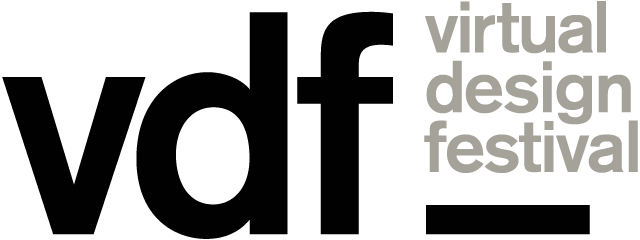V&A East "will speak to the local population" says Gus Casely-Hayford
V&A East director Gus Casely-Hayford explains how he plans for the new museum in east London to reach a more diverse audience in the final talk as part of our collaboration with Friedman Benda for VDF. Tune in from 11:00am UK time.
Due to open in 2023, V&A East will be a new outpost for the Victoria and Albert Museum, as well as a new collection and research centre.
Both will be located at the Queen Elizabeth Olympic Park, which hosted the London 2012 Olympics and is situated on the boundary of several east London boroughs with large ethnic minority populations.
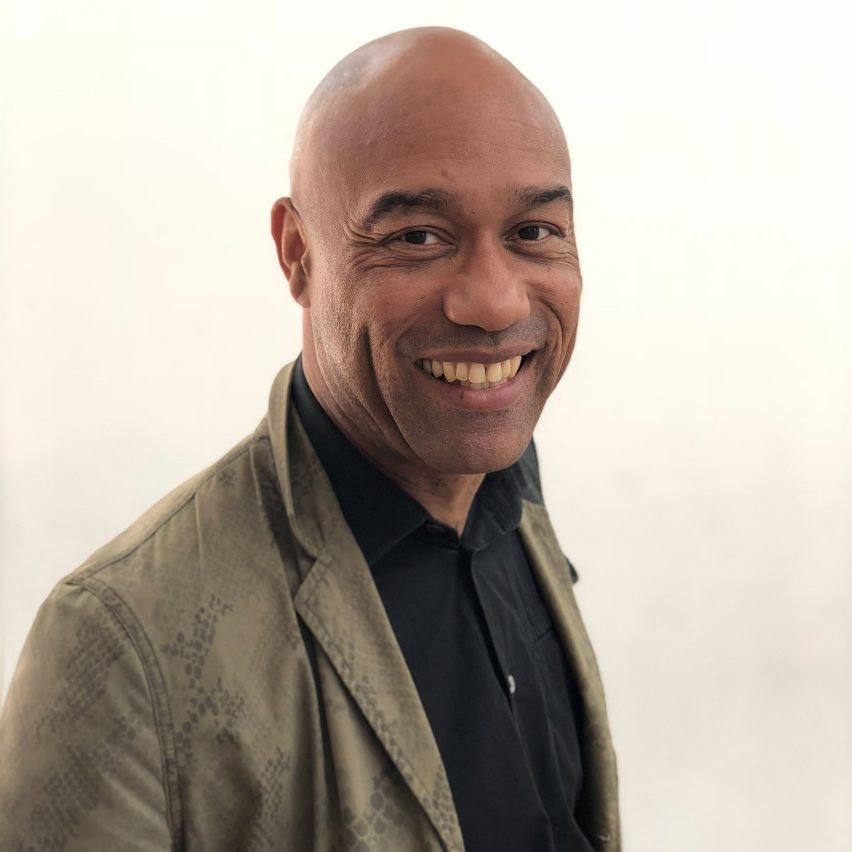
"This is one of the most diverse parts of London, but also an area that has given us some of the most talented artists in Britain," Casely-Hayford told curator Glenn Adamson in the last of New York gallery Friedman Benda's Design in Dialogue interviews that Dezeen is publishing as part of Virtual Design Festival.
"We want those people to feel like this isn't something that has landed from outer space. It's an institution that doesn't just welcome them, but it feels like it belongs to them. It reflects their loves and their interests and speaks to them in ways that aren't patronising."
V&A East will not be a "conventional" museum
The new five-storey museum, which is being designed by O'Donnell + Tuomey, will feature traditional exhibition spaces as well as studio spaces for workshops and residencies.
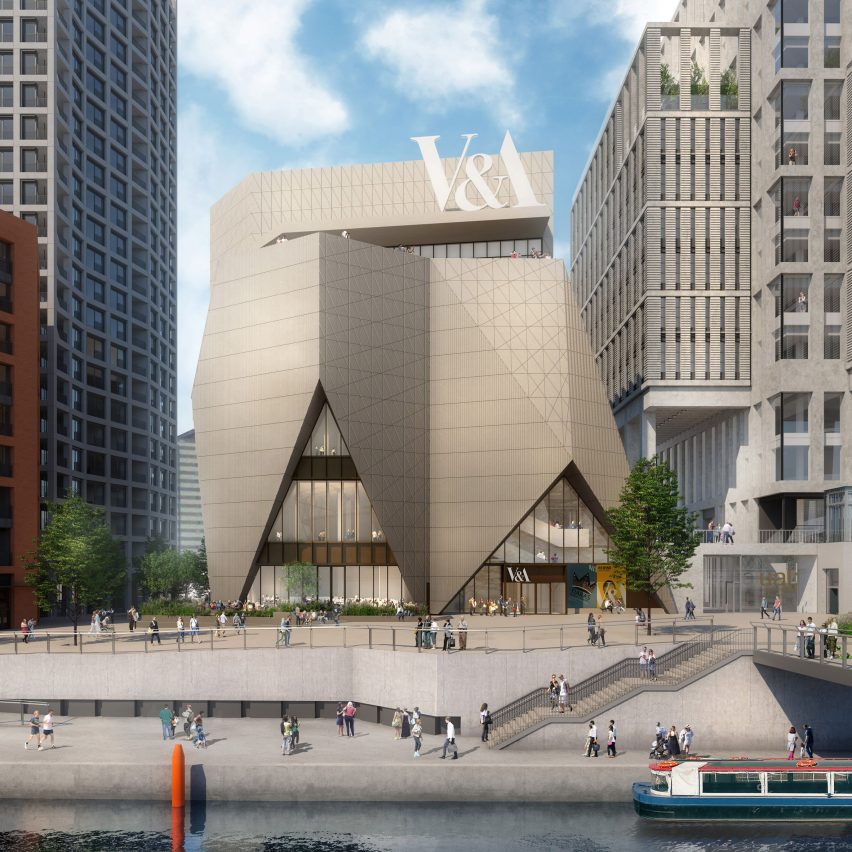
"We want to have exhibitions but we want it to be a kind of exhibition interface that will speak to the local population," Casely-Hayford said.
"The sorts of things that we're going to be doing within are not going to be the sorts of conventional propositions that you see in most museums."
"We want to be kind of like an engine of new kinds of possibility, where we'll engage in partnerships with a variety of different kinds of creatives, but also companies and institutions," he continued. "So they might come and do a period of residence and actually be creating their practice on site."
East London development is "in the right place at the right time"
The museum will form part of a new development called East Bank in the Queen Elizabeth Olympic Park, which will also host a range of cultural and educational facilities, including a campus for the London College of Fashion, a new outpost for the Sadler's Wells theatre and performance and rehearsal studios for the BBC.
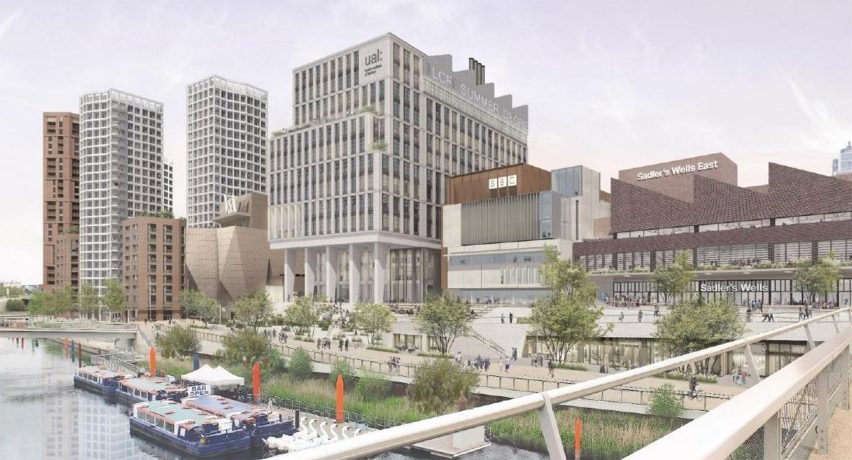
"This is a campus that is surrounded by some of the most diverse but also some of the most disadvantaged communities in Europe," Casely-Hayford said. "I'm determined that they engage with this space and feel that it is something that they could be proud of."
"It's always been that this place has had an inordinate number of deeply gifted and creative people," he continued. "And yet, we've never invested in the infrastructure to give them the platform to actually realise their dreams."
"This is about facilitating the young in realising their dreams. And it will be, as I see it, a crucible of possibilities. So I think it's the right proposition at the right time in absolutely the right place."
V&A East will have "a collection centre unlike any other"
In addition to the museum at East Bank, V&A East will also comprise a new research and collection centre at Here East, a creative campus that has been built around the London 2012 Olympics media centre.

New York architecture firm Diller Scofidio + Renfro is converting the former broadcasting centre into a purpose-built home for 250,000 objects in the V&As collection.
Unlike most collection centres, many of the objects in the collection will be stored in transparent cases so that they are also on display.
"It's going to be a collection centre unlike any other in that it's going to be open access so that you can come in and you can look vast amounts of it," Casely-Hayford said.
"You'll be able to look through and gain a perception of the vast diversity and complexity, but also accessibility, of this collection so that you can engage with it in a variety of different ways."
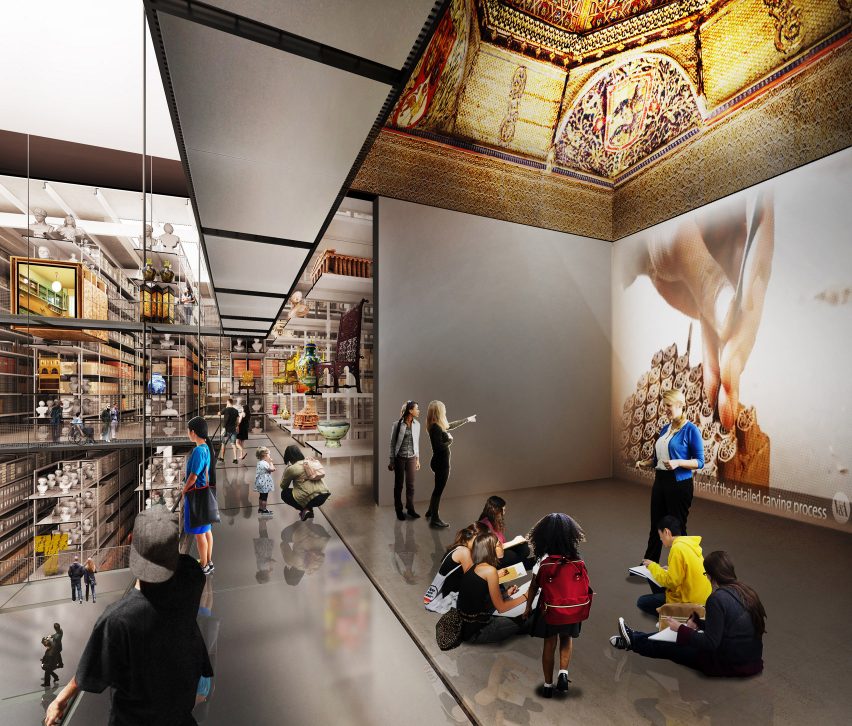
Casely-Hayford, who was appointed V&A East director in November 2019, was previously director of the Smithsonian’s National Museum of African Art in Washington DC, USA.
"We will build the African collection within the V&A"
In the talk, he told Adamson that he intends to increase the V&A's focus on African art and design in his new role by acquiring new works, but also by drawing more attention to existing pieces in the V&A's collection. Casely-Hayford sees the V&A East collection centre as playing a key role in that mission.
"I am really determined that over the course of my tenure that we will build the African collection within the V&A," he said. "I want us to begin to build a real strategy to define the V&A as being one of the key centres for the collection and for the display and research of Africa."
"The collection centre holds a quarter of a million objects, and they tell the story of humankind," he continued. "And they tell the story of Africa as well."
"With the new proposition down in east London, we have a kind of facility which allows us to do that in ways that very few museums around the world have ever been able to do before."
Design in Dialogue
Casely-Hayford's conversation with Adamson is the ninth and final conversation in a series of Friedman Benda's Design in Dialogue talks we have broadcast throughout Virtual Design Festival.
Previous interviews in the series we have published include conversations with pioneering architect James Wines, who lamented the predominance of digitally created forms in architecture, and designer Faye Toogood, who revealed she suffers from imposter syndrome.
Ron Arad told Adamson that "business is always a necessary evil", Stephen Burks discussed the lack of diversity in the design industry and Joris Laarman discussed the "magic" of digital technology in previous talks in the series that we have published.
Gaetano Pesce called on young designers to consider how to address social issues through their work, Droog co-founder Renny Ramakers reflected on how the influential platform shook up the design industry in the 1990s, while in the most recent previous talk, Rhode Island School of Design president Rosanne Somerson discussed how the school is responding to the coronavirus pandemic.
